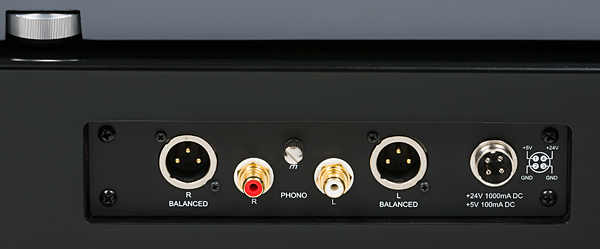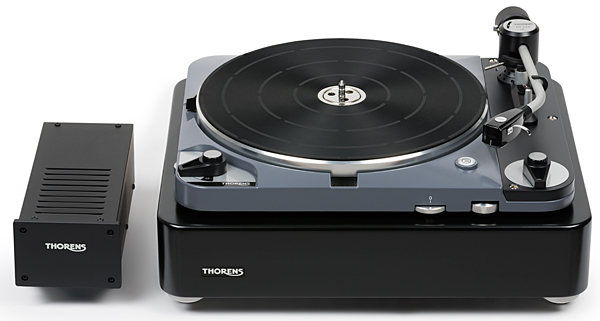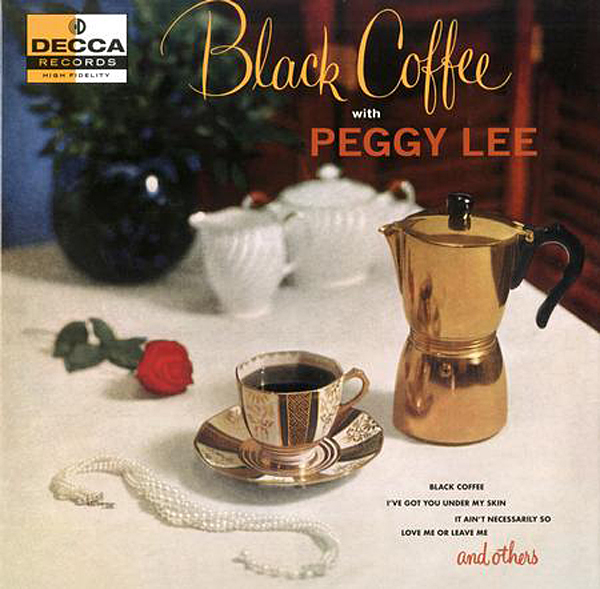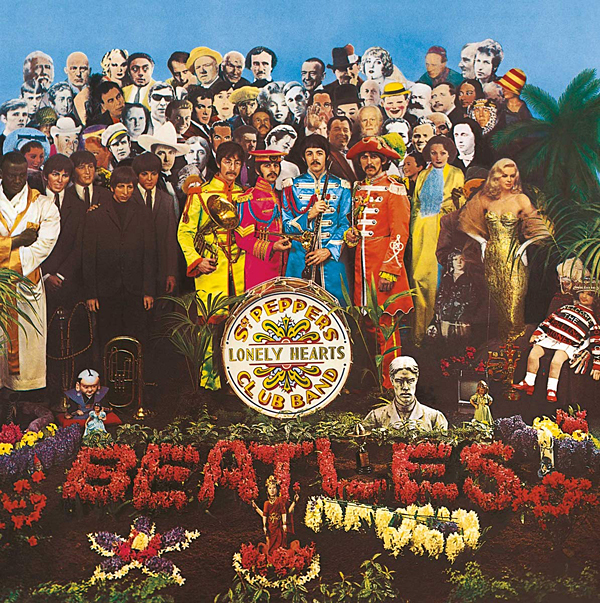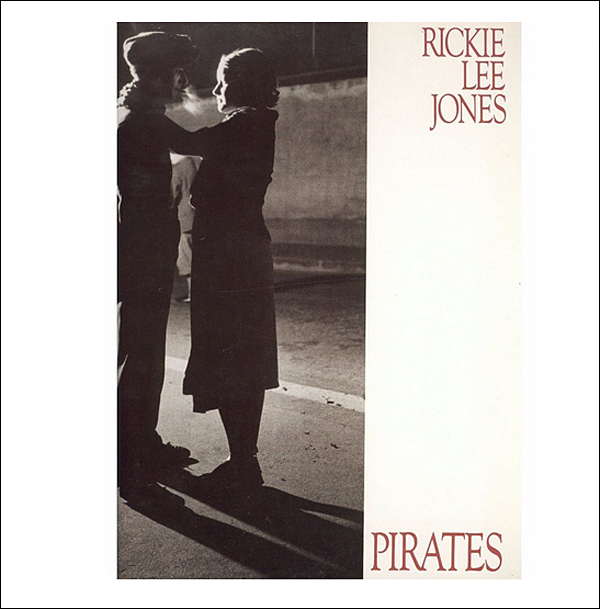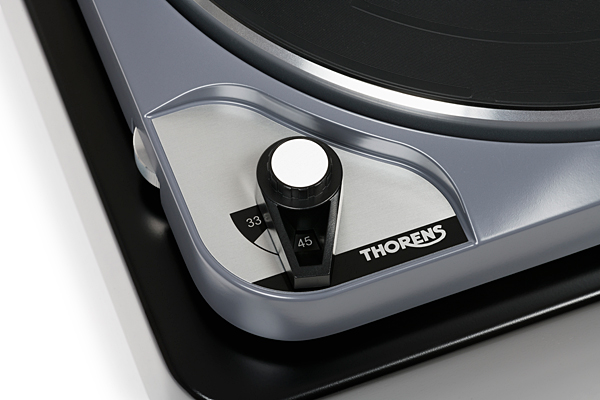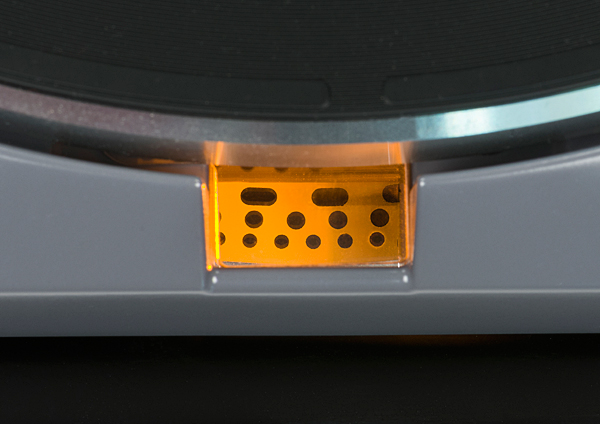| Columns Retired Columns & Blogs |
I only knew one person that owned a Thorens Player; Mike the Electrician purchased one from Stereoland sometime in the 1960s, he had one Bozak, Macintosh 75 Watt Amp and later a pair of Horns.
Later in my life I discovered the wonderful Linn and all the Players being made in England. Then Shela at VPI sent us a Player that changed our Vinyl world. Then came Koetsu and Direct to Discs. Phew !
Seeing a New Thorens takes me back to powerful horns and smoking dope in front of Mike's music.
Fond Memories, 4-Sure.
I wonder if Mr. Gunter Kurten will manage to get the mechanicals of manufacturing under enough control to squeeze out the first batch of 500 without any of the gremlins that typically plague these types of projects. 500 is not typically a large enough quantity.
Fingers Crossed for Quality Control
Tony in Venice Florida
